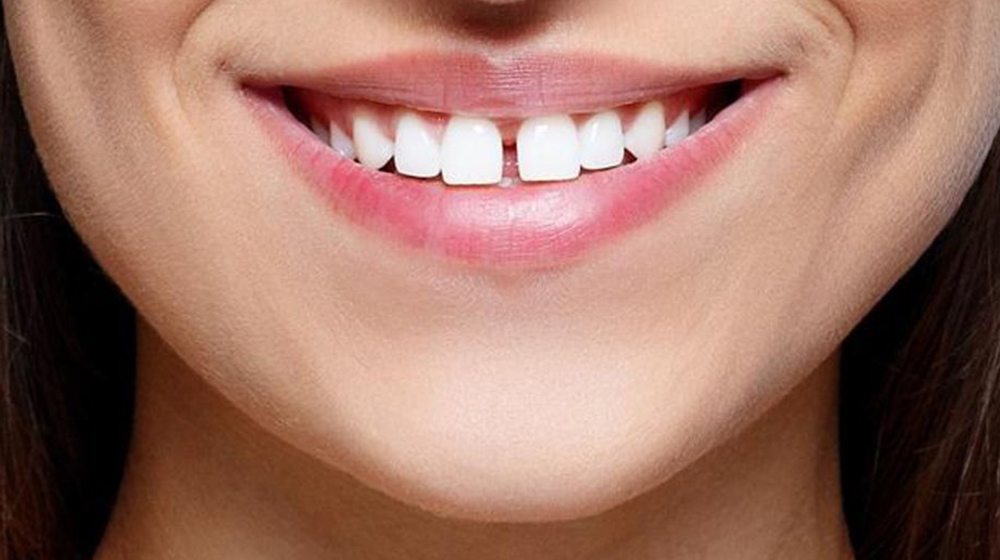If you have gaps between some of your teeth, you’re not alone !
That’s where your dentist can repair your chipped tooth by providing fillings or crowns, or, if the tooth is cracked or broken, the dentists can replace it with a bridge, partial denture or dental implant. Emergency dental work to take care of your chipped tooth quickly, before it can cause more problems.
Diastemata – the technical term for spaces between adjacent teeth – are very common. The good news is, there are several treatment options available if you’re looking to correct these spaces.
Is it necessary to fix spaces between my teeth ?First, you might be wondering whether it’s actually necessary to correct these gaps. There are plenty of people who famously have gaps in their teeth. However, there are several reasons, apart from aesthetic preference, why you should consider treatment.
Difficulty Chewing – When there are excessive gaps between adjacent teeth, food tends to slip into these spaces. Because of this, food is much more likely to be trapped for long periods of time, risking infections, gum problems and cavities.
Speech Problems – You’ve probably noticed that gaps in your teeth (particularly your two front teeth) can cause a change in your voice. This is because air passes between these gaps, resulting in “whistling sounds.” If you’re doing a lot of public speaking, this might be an unwelcome experience!
Spitting – Another problem with having a diastema is the occasional spitting which occurs during speech. The reason behind this is that saliva flows through these gaps, causing you to spit whenever you speak.
It May Get Worse – Probably the worst thing about having a diastema is that, over time, it may get worse. Your teeth will shift as you get older, and having spaces between teeth makes them much more likely to move in unpredictable ways, and faster.
How can I get rid of the gap in my teeth ?The good news is that these gaps can be easily corrected! There are two main corrective options available: orthodontic or cosmetic treatment. Orthodontic Treatment – Braces or Invisalign type clear aligners.
This is the best, and most effective corrective option for a diastema. Braces and Invisalign will gradually close the gaps between adjacent teeth
However, orthodontic treatment takes at least six months, so if you’re looking for a quicker solution, there are also cosmetic options available.
An implant is either a fixed or a removable replacement tooth that fits into the gap. This is usually best when the diastema is a full tooth wide. The replacement tooth will be inserted into the gum or bone, and sometimes attached to the surrounding teeth. Dental is known for its long-lasting benefits. It is, however, slightly more costly than other options.
Cosmetic Treatment OptionsCosmetic treatment involves masking the gaps between teeth with tooth colored fillings, veneers, or crowns.
Bonding – For this procedure, a tooth-colored filling material is applied to your teeth, widening them so that the gap is closed. This can be done in a single visit, and the results are immediate.
Veneers – Another cosmetic option is to attach veneers – very thin shells made of porcelain – over the front surfaces of your teeth in such a way that the gaps are filled. Depending on the specifics of your smile, bonding or veneers may be the preferred option. Either way, the results are immediate.
Crowns – In cases where veneers or bonding are not suitable, we may recommend attaching crowns over the front teeth to correct the gaps.
